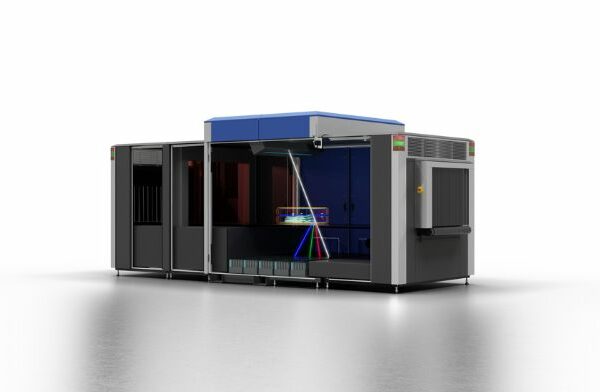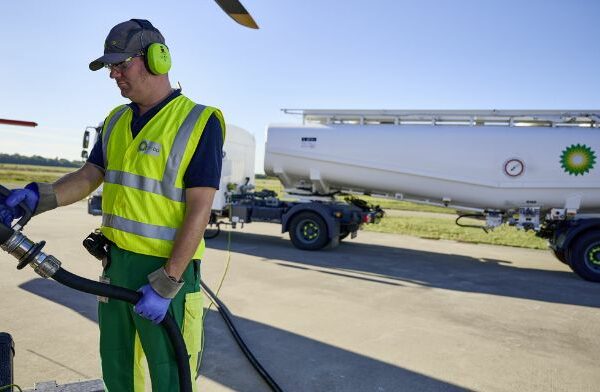Following a night of festivities and a gala dinner at Naples’ Museum of Capodimonte, the second (and final) day of ACI’s Regional Airports Conference and Exhibition started with a presentation by ACI Europe’s head of aviation security, David Trembaczowski-Ryder.
Discussing the current threats to civil aviation and how to counter balance them, Trembaczowski-Ryder said one of the biggest issues in this sector is that regulators tend to cover themselves by responding to the last known threat within an airport. “But they need to look forward and plan for the next attack, not respond to the last.”
How can new technologies benefit regional airports
Defining what actually constitutes a regional airport is a challenge in itself, as Lorenzo Belicchi, SITA’s airport director declared:
It could be an airport that operates flights mainly within a country rather than international flights, an airport that is not based in a capital city, an airport serving traffic within a relatively small or lightly populated geographical area or an airport with less than X million passengers per annum.
But, regardless of how you define a regional airport the business challenges remain the same. Regional airports are impacted by high costs, restricted human resources and the need for staff to multi-task, seasonability, route volatility and the need to be flexible for passengers, concessionaires and airlines as well as ground handlers.
Technology is a driving force in the air transport industry and from booking to boarding, and everything in between, new technologies are helping to transform passengers’ experiences and overcome these challenges within the airport sector.
“Interactive wayfinding, virtual control rooms, virtual assistants, indoor geolocation, Artificial Intelligence (AI), smart data and flow management can all help to manage customer expectations and provide a personalised passenger journey within the regional airport sector,” said Belicchi.
He added that the trick is to tailor technology so that it can meet the specific requirements of each airport and where possible share resources with other airports to keep costs down.
Air navigation services
Maurizio Paggetti, Enav’s director air navigation services, addressed the need for regional airports to have a common approach when it comes to developing Air Traffic Management (ATM) within Europe.
With remote tower technology a hot topic within the ATM sector, Paggetti divulged how Enav coordinated a large-scale remote tower project, RACOON, to demonstrate its remote tower solution in Italy.
Involving more than 100 real flights at Linate and Malpensa airports in Italy, the test project proved successful showing how remote tower technologies can support better connectivity and the sustainability of regional airports and their economies.
Paggetti also unveiled that as a result of this successful project, a business plan has been approved to have Italy’s first remote tower operational by 2022.
Barbara Smolikova, project manager and funding expert for Airport Grouping, concluded the session by saying that regional airports can benefit from funding from the European Commission when it comes to improving their ATM performance.
She encouraged regional airports to apply for the 2019 call for Connecting Europe Facility (CEF) funding, as she said that financial support is available for regional airports.
“Under CEF, €22.4 billion will be made available from the EU’s 2014-2020 budget to co-fund transport infrastructure projects in EU member states.”





